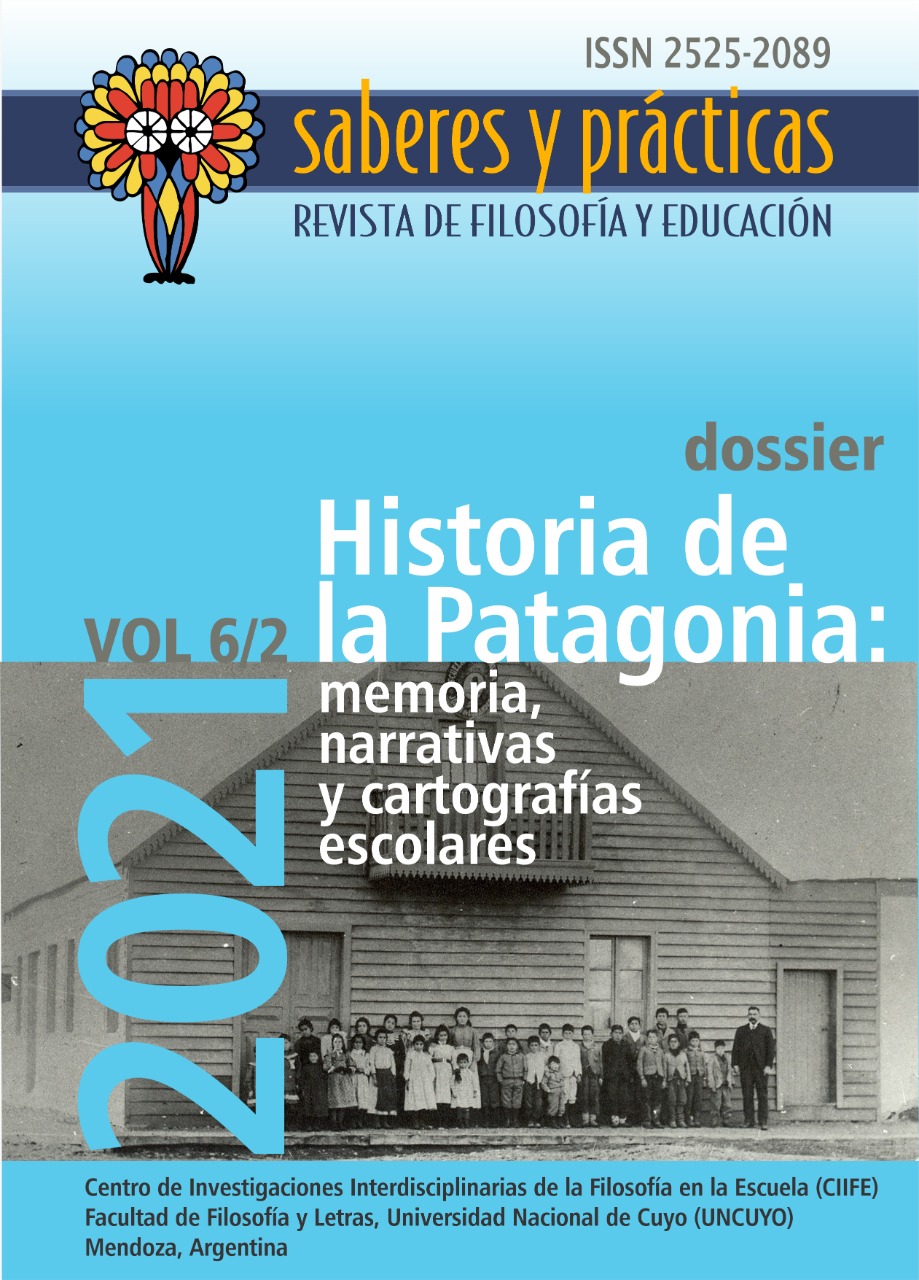Epistemology, Education & Childhood: Victor’s of Aveyron Silent Resistance
DOI:
https://doi.org/10.48162/rev.36.037Keywords:
Wild child, Epistemology, Education, Language, ChildhoodAbstract
Our attempt in this article is to analyze from an epistemological point of view the scientific resumption about the discussion on the “wild” child of Aveyron that began in the late Enlightenment, in the field of medical-pedagogical method and practices, and which is extended in the middle of the twentieth century along the scope of social sciences. We consider that the scientific research methodology, and the treatments applied to educate and transform the “wild” child by scourging their senses, teaching language and civilized customs make him not only a “case” or “object” of scientific investigation, but also an "abnormal", exposed to confinement, experimentation and physical degradation. This time, we question the device called the “anthropological machine” that articulates the epistemological antinomy of nature and culture, that ontologically constitutes the inferior status of the “wild” child as a “critter”. From Agamben’s philosophical theory of childhood as a critical alternative, we develop the concepts of “silence”, “resistance” and “epistemological irruption” to address the ontological and epistemic questions that concern Víctor de Aveyron since a new philosophical perspective.
Downloads
References
Agamben, G. (1989) Idea de la prosa. Ediciones Península.
Agamben, G. (2001). Infancia e historia. Adriana Hidalgo Editora.
Agamben, G. (2006). Lo abierto. El hombre y el animal. Adriana Hidalgo Editora.
Agamben, G. (2014). Qué es un dispositivo. Adriana Hidalgo Editora.
Andry, N. (1743). L'orthopédie, ou L'art de prévenir et de corriger dans les enfants les
difformités du corps. Tomo I. George Fricx editor.
Benzaquén, A.S. (2006). Encounters with wild children: Temptation and disappointment in the study of human nature. McGill-Queen's Press.
Bonnaterre, P.J. (2004). Notice historique sur le Sauvage de L’Aveyron. En Gineste, T.
Victor de l’Aveyron. Dernier enfant sauvage, premier enfant fou. Hachette.
Douthwaite, J.V. (2002). The wild girl, natural man, and the monster: dangerous
experiments in the Age of Enlightenment. University of Chicago Press.
Foucault, M. (2002). Las palabras y las cosas. Siglo XXI editores.
Foucault, M. (2006). Los anormales. Fondo de Cultura Económica.
Foucault, M. (2007). El poder psiquiátrico. Fondo de Cultura Económica.
Gineste, T. (2004). Victor de l’Aveyron. Dernier enfant sauvage, premier enfant fou. Hachette.
Itard, J. (1973). Memoria acerca de los primeros progresos de Víctor de L’Aveyron. En
Malson, L. Los niños selváticos. Alianza Editorial.
Itard, J. (1973). Informe acerca de los nuevos progresos de Víctor de L’Aveyron. En Malson, L. Los Niños selváticos. Alianza Editorial.
Jamin, J. (1979). Naissance de l'observation anthropologique: la Société des Observateurs de l'Homme (1799-1805). Cahiers internationaux de sociologie, (2), 313-335. http://www.jstor.org/stable/40689880
Kant, I. (2004) ¿Qué es la Ilustración? Y otros escritos de ética, política y filosofía de la Historia. Alianza Editorial.
Kennedy, D y Kohan, W.O. (2017). Childhood, Education and Philosophy. A matter of time. En Rollins Gregory, M. et al (comp.). The Routledge International Handbook of Philosophy for Children. Routledge.
Kohan, W.O. (2004). Infancia: entre educación y filosofía. Ed. Laertes.
Lévi-Strauss, C. (1969). Las estructuras elementales del parentesco. Ediciones Paidós.
Lévi-Strauss, C. (1990). Mito y significado. Alianza Editorial.
Lévi-Strauss, C. (1995). Antropología Estructural. Ediciones Paidós.
Malson, L. (1973). Los niños selváticos. Alianza Editorial.
Merleau-Ponty, M. (2010). The Child's Relations with Others. En Child Psychology and Pedagogy: the Sorbonne lectures 1949-1952. Northwestern University Press.
Newton, M. (1996). The Child of Nature: The Feral Child and the State of Nature. (Tesis doctoral. London College). https://discovery.ucl.ac.uk/id/eprint/1317523/
Pinel, P. (2004). Rapport fait à la Sociéte des Observateur de l 'Homme sur l’enfant connu sous le nom de sauvage de L’Aveyron. En Gineste, T. Victor de l’Aveyron. Dernier enfant sauvage, premier enfant fou. Hachette.
Pinel, P. (2004). Deuxiѐme partie du rapport fait à la Sociéte des Observateur de l 'Homme sur l’enfant connu sous le nom de sauvage de L’Aveyron. En Gineste, T. Victor de l’Aveyron. Dernier enfant sauvage, premier enfant fou. Hachette.
Rousseau, J.J. (2003). Discurso sobre el origen y fundamentos de la desigualdad entre hombres. Alianza Editorial.
Seshadri, K. (2012). HumAnimal: race, law, language. University of Minnesota Press.
Tinland, F. (2003). L'homme sauvage: homo ferus et homo sylvestris de l'animal à l'homme. Editions L'Harmattan.
Published
How to Cite
Issue
Section
License
License
This work is licensed under a Creative Commons Attribution-NonCommercial-ShareAlike 2.5 Argentina License.









